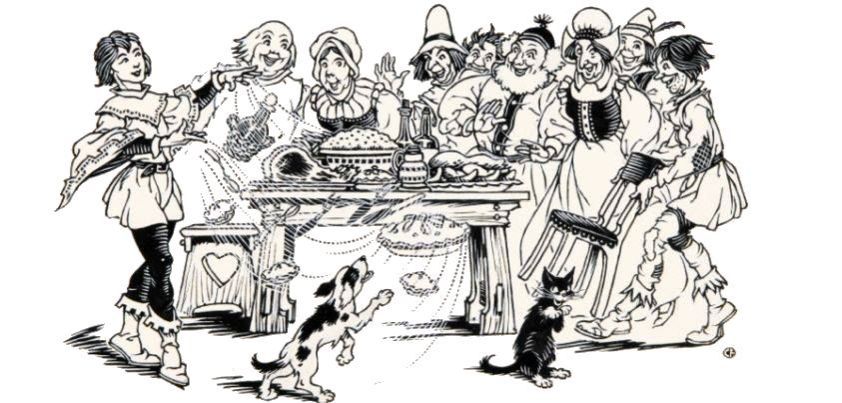 In this English folktale, a young man works for a year and earns a magic donkey. An innkeeper tricks him out of it, so he works for another year and earns a magic table. The same innkeeper tricks him out of this. For his next job, the boy earns a magic stick. This helps the young man get his donkey and table back, as well as to marry his true love. Unfortunately, in winning the girl the young man shows a side of his personality that will make readers wonder if he really deserved all the magical help!
In this English folktale, a young man works for a year and earns a magic donkey. An innkeeper tricks him out of it, so he works for another year and earns a magic table. The same innkeeper tricks him out of this. For his next job, the boy earns a magic stick. This helps the young man get his donkey and table back, as well as to marry his true love. Unfortunately, in winning the girl the young man shows a side of his personality that will make readers wonder if he really deserved all the magical help!
Our source for the story was a children’s book called English Fairy Stories by folktale collector Joseph Jacobs, first published in 1890. Jacobs gives his source as Folk-Lore of the Northern Counties by William Henderson, published in 1879.
Original Text / PDF (1,192 words)
Brothers Grimm Version
The Brothers Grimm had published an earlier version of the story under the name The Wishing-Table, the Gold-Ass, and the Cudgel in the Sack in 1812. Our source for this was Grimms’ Household Tales, translated by British writer Margaret Hunt. The book, which was first published in 1884, contains all 200 Grimm folktales plus 10 legends. This is tale No. 36. It is over three times the length, thanks to an amusing but superfluous background story about a mischievous talking goat.
The Wishing-Table, Gold-Ass and Cudgel Original Text / PDF (3,771 words)
Similar Stories
The oldest known variant is said to be contained in a collection of Buddhist legends from the 6th century. Versions can be found in the folklore of many other countries, with the instruments of magic changing according to their culture. An example is the Philippine folktale The Adventures of Juan collected by Mabel Cook Cole, where the ass is replaced by a goat and the table by a net, pot and spoons. The rest of the plot is almost identical, except that the boy ends up a “hi-so” by marrying a beautiful princess instead of a poor farm girl.